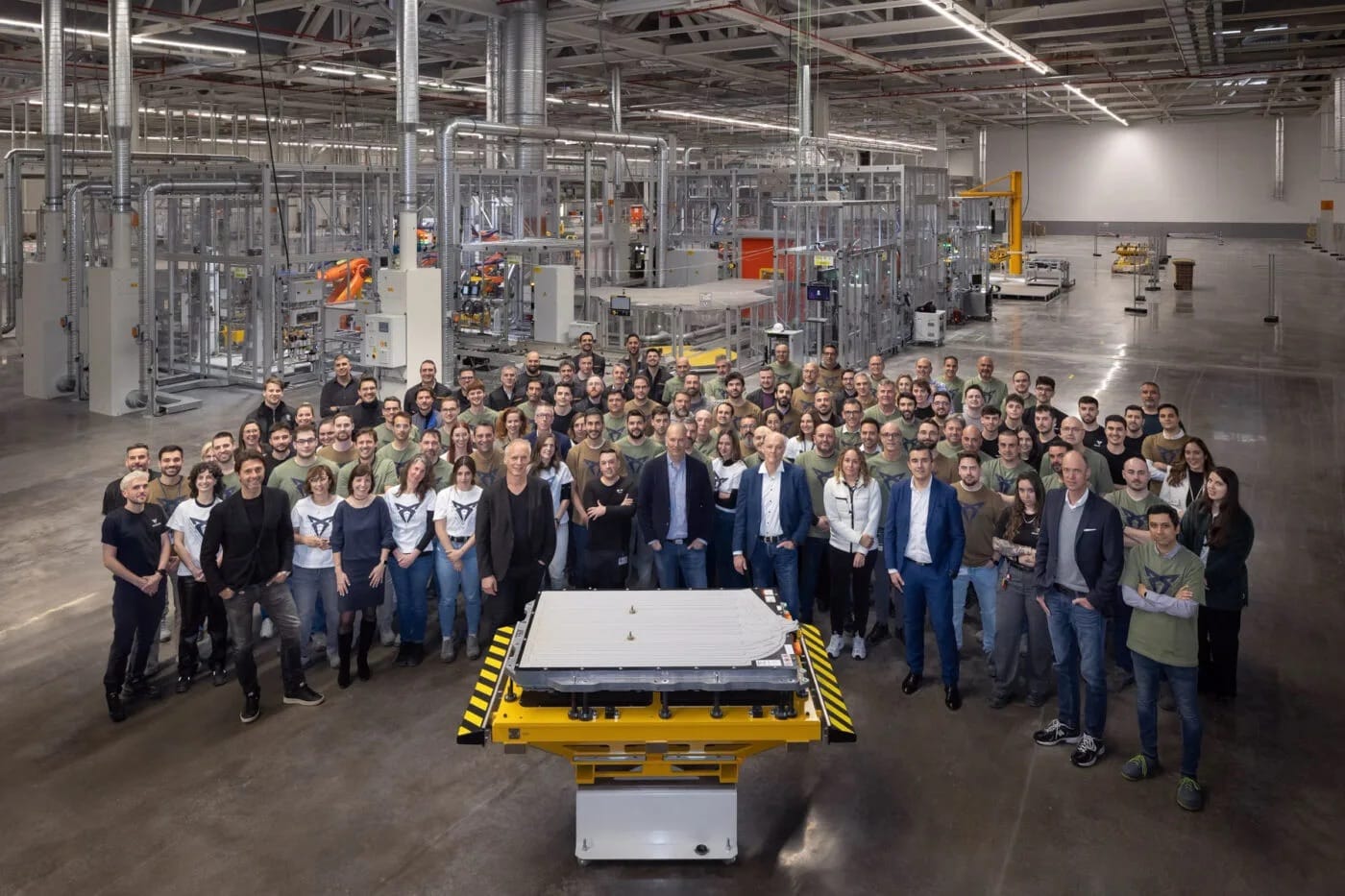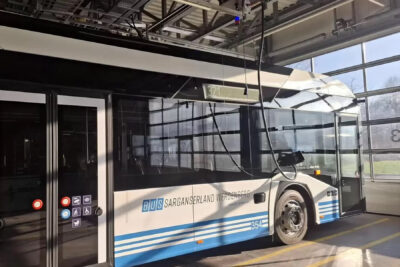Seat: EV production in Spain takes shape
The components are intended for two electric models scheduled to enter production in Martorell from 2026 – starting with the Cupra Raval, followed by the VW ID.2. The first pre-series battery systems have already left the assembly facility, according to the Spanish VW subsidiary. The battery assembly plant, announced in 2023, is directly connected to Hall 10, where the Cupra Raval and VW ID.2 will be built.
Seat thus remains on track. When the €300 million battery assembly project in Martorell was unveiled, 2025 was set as the target for completion.
Pre-series production allows Seat to test systems, processes, and products under real-world conditions ahead of the series launch – all while final machines for mass production are still being installed. “During this phase, the pre-series battery assembly process combines automated stations with manual tasks. Once completed, the plant will have fully robotised processes and a total workforce of 500 professionals,” Seat said. The systems are designed to produce up to 300,000 battery packs per year, intended solely for Martorell-built EVs. For VW’s Pamplona plant – which will produce the Skoda Epiq and VW ID.2X SUVs – battery packs will be sourced elsewhere.
Simultaneously, construction is ongoing for a 600-metre-long bridge fitted with a conveyor system to transport the battery packs directly to vehicle assembly. Seat aims to ensure #a continuous supply coordinated with the pace of production’.
Earlier this year, Seat relocated production of its combustion-powered Ibiza and Arona small cars to Line 3 at the Martorell plant near Barcelona. This allowed Line 1 to be prepared for the forthcoming ‘Electric Urban Car.’ At the time, the Spanish VW brand also announced that pre-series production would begin this year, with series production to follow at an unspecified point in 2026.
In line with this, it is not only the battery systems entering pre-series production, but also the first bodywork equipment. The new PXL press is expected to enhance the manufacturing process significantly, making ‘large parts with superior efficiency’, according to Seat. It is designed to perform 15 press strokes per minute, with an annual output capacity of up to four million parts.
Despite this critical phase for Seat, Production Director Markus Haupt cannot fully focus on the pre-series ramp-up. Long-standing CEO Wayne Griffiths – instrumental in developing the Cupra brand – stepped down at the end of March at his own request. Since April, Haupt has been acting as interim CEO for both Seat and Cupra, alongside his production responsibilities.
“The assembly of the first battery systems in our new plant and the production of body parts on the new PXL press for the future electric models we will manufacture in Martorell is a key milestone in our electrification process,” highlights Markus Haupt, Interim CEO of SEAT and CUPRA and Executive Vice-President for Production and Logistics at SEAT S. A. “This is a decisive year, as we continue to prepare for the start of series production of the Brand Group Core’s Electric Urban Car family in 2026, starting with the CUPRA Raval, with the vision of leading electromobility in the Iberian Peninsula.”





0 Comments